
By: Heidi Hertler, PhD
Wild Palm as a Climate Change Adaptation Strategy
Lake Eyasi is one of the Eastern Great Rift Valley lakes in Northern Tanzania, along with Lake Manyara and Lake Natron. The dominant tribes in the Lake Eyasi valley are Datoga, Hadzabe and Iraqw, although there are smaller populations of tribes such as Sukuma, Nyisanzu, Nyiramba who recently took up residence in the area. The people of the Lake Eyasi Valley are either pastoralists who keep cattle, goats, donkey and sheep, or farmers who cultivate maize and beans for food and onions for commercial purposes. The farming is heavily dependent on irrigation from natural springs in the valley.
This month from April from 10th to 20th, a team five SFS students and I visited the villages of Endamaghan and Mikocheni in the Lake Eyasi valley to study how the local communities in the area perceive climate change and the ways they adapt to the impacts of it. Through interviews with local community members in these villages, it became clear that the rainy seasons are becoming shorter and more erratic than in the past. In the past the rainy season started in November, whereas now it often starts in January. These changes in weather patterns cause a decrease in the amount of spring water that is vital for irrigation, resulting in a decrease in crop yields.
The Lake Eyasi valley is forested with wild palm stands that form closed canopies. Since historical times, these wild palms have played significant roles in local peoples’ livelihoods. The leaves are used for thatching roofs, weaving baskets and mats, and building poles. Since crop yields have been decreasing in recent years, we interviewed the women about their alternative income sources. They said that selling mats woven from wild palms is their only option for an alternative source of income. Mama Redempta of Endamaghan village explained that 50% of village women are engaged in mat weaving and one mat can be sold for 2,500 Tanzanian shillings (equivalent to $1.20 USD). She further explained that “If you are a hard working woman you can weave up to three mats in a day, hence you can earn enough money to cover daily household livelihood needs. To say a truth, wild palm is our savior when we can’t harvest enough crops”. Most of the women we talked to expressed their fear that wild palms are quickly disappearing in the valley due to increasing human population in the area. Now, many wild palm trees are cut down to be used as building poles for houses and entire wild palm stands are cleared by rich landowners for new commercial onion farms. If this felling continues uncontrolled it will make women from poor families even poorer. Unfortunately poor women are the most likely to suffer from negative impacts of climate change in this area. The only hope women have to save themselves and their families from increasing unfavorable climate conditions is to weave mats from wild palm leaves, but unfortunately even these wild palms are disappearing.

An onion storage building built with poles from wild palm trees, with a roof using thatched wild palm leaves. All photos courtesy of John Mwamhanga
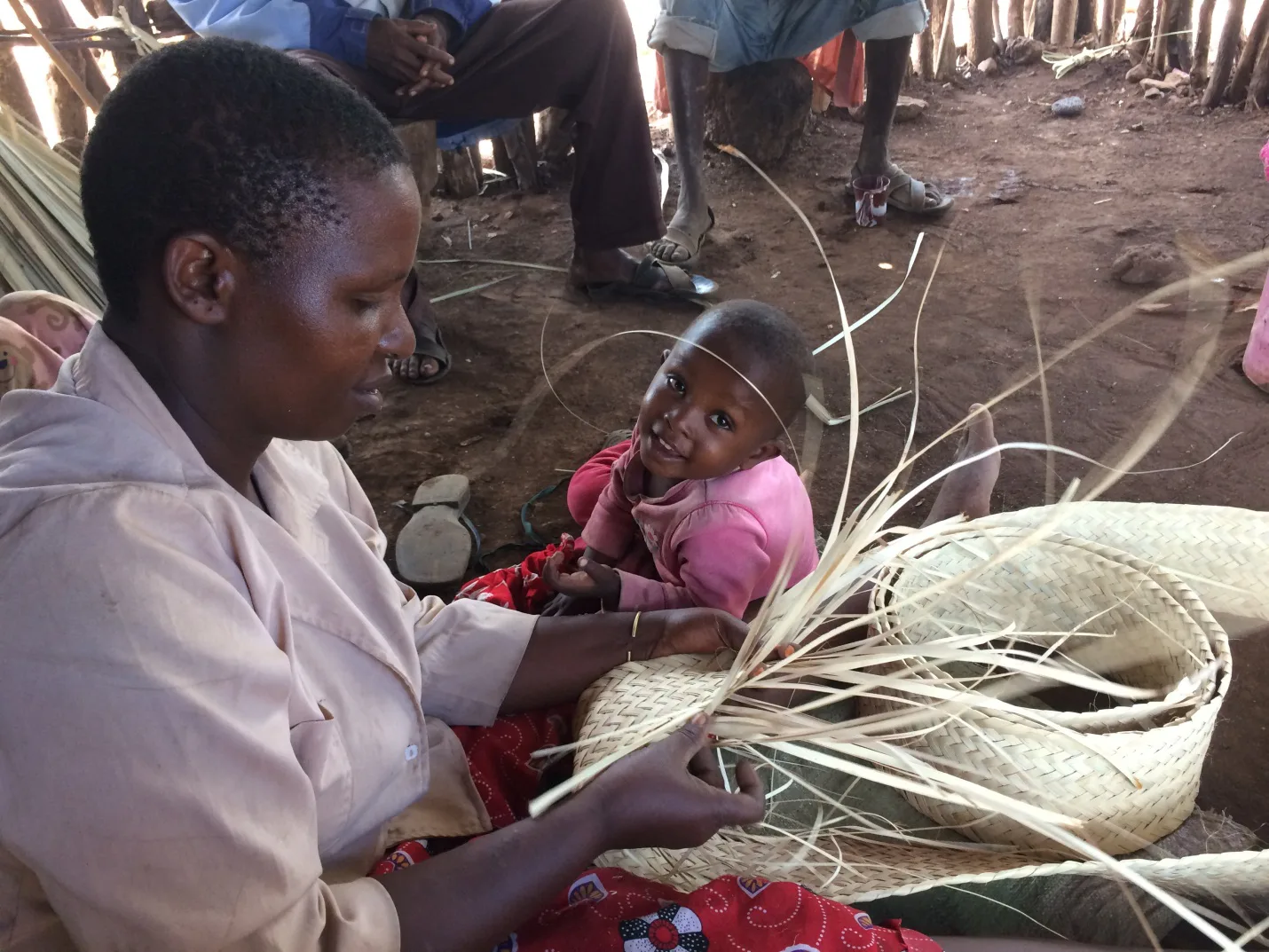
Mama Redempta of Endamaghan village weaves a mat from wild palm leaves
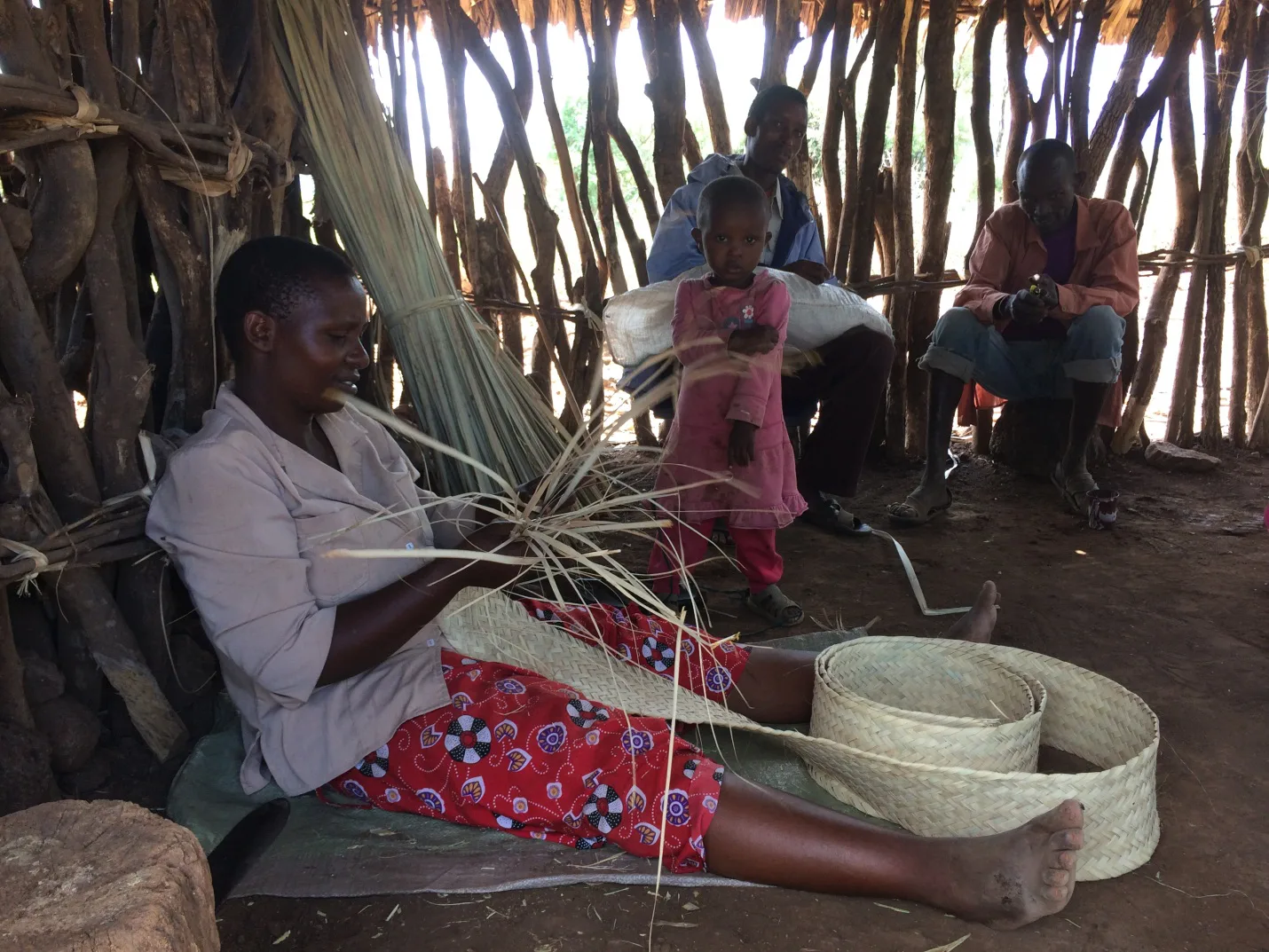
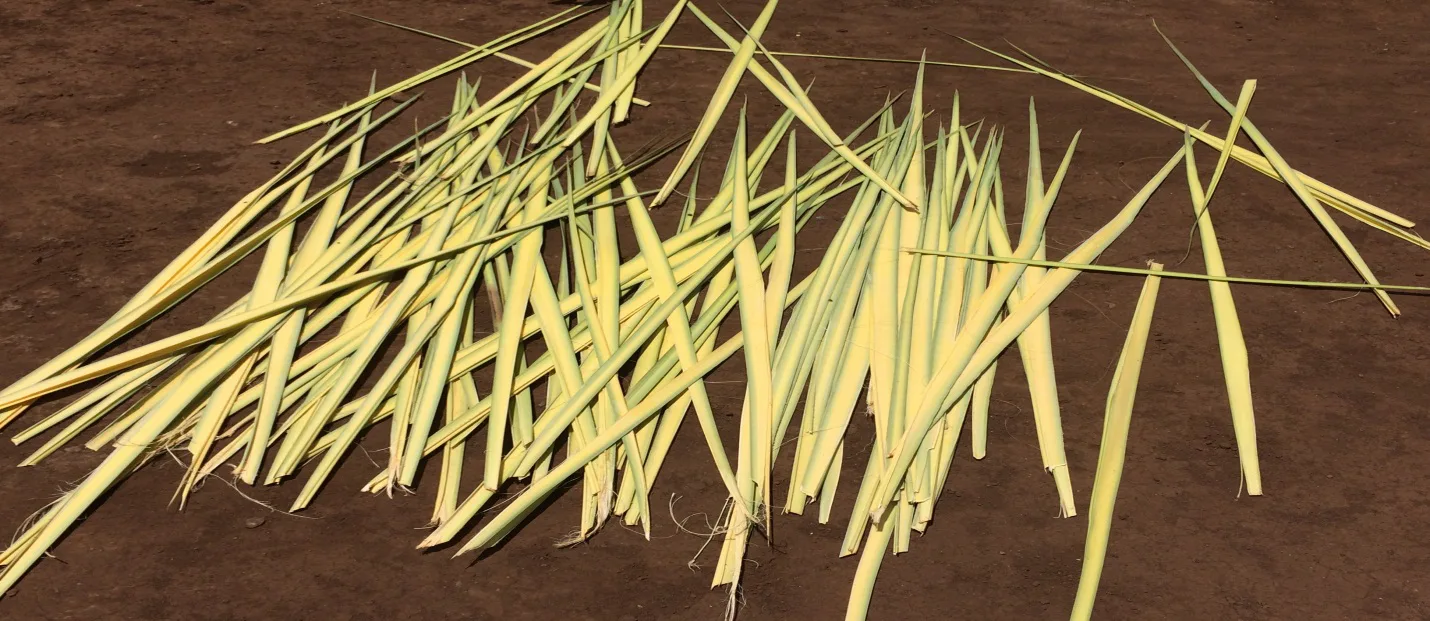
Sun-drying wild palm leaves before weaving
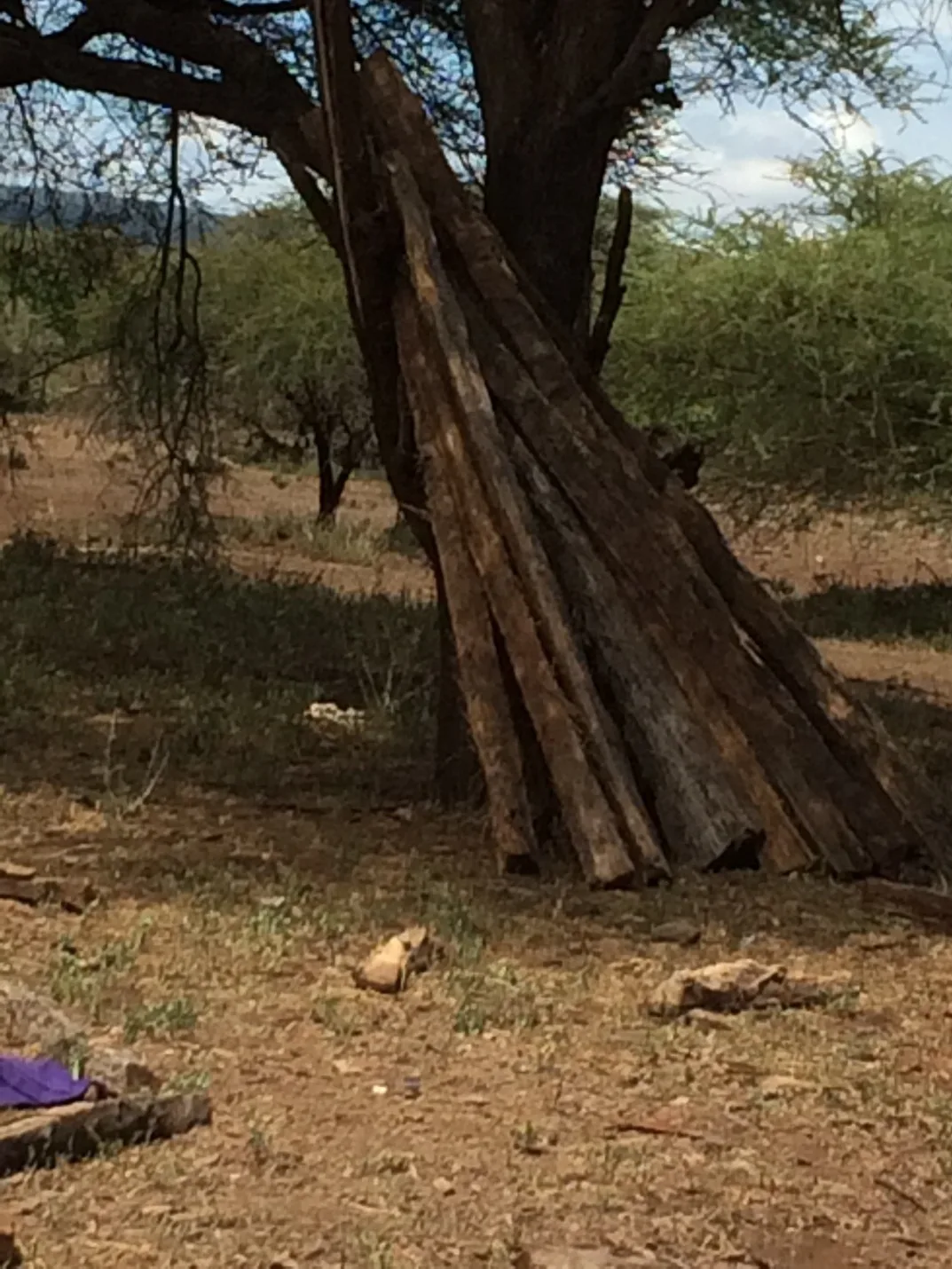
Poles from wild palm trunk

A house built of poles from wild palm trees

Mats woven from wild palm leaves

A boy selling wild palm mats from his bike at Mikocheni village

A recently felled wild palm tree at Mikocheni village
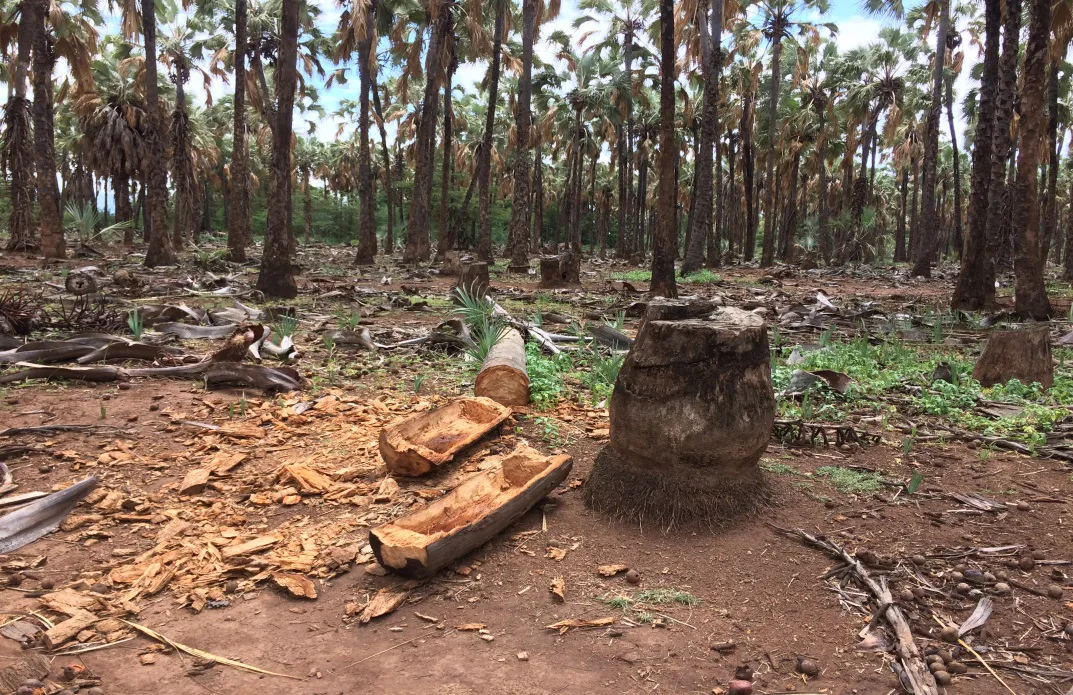
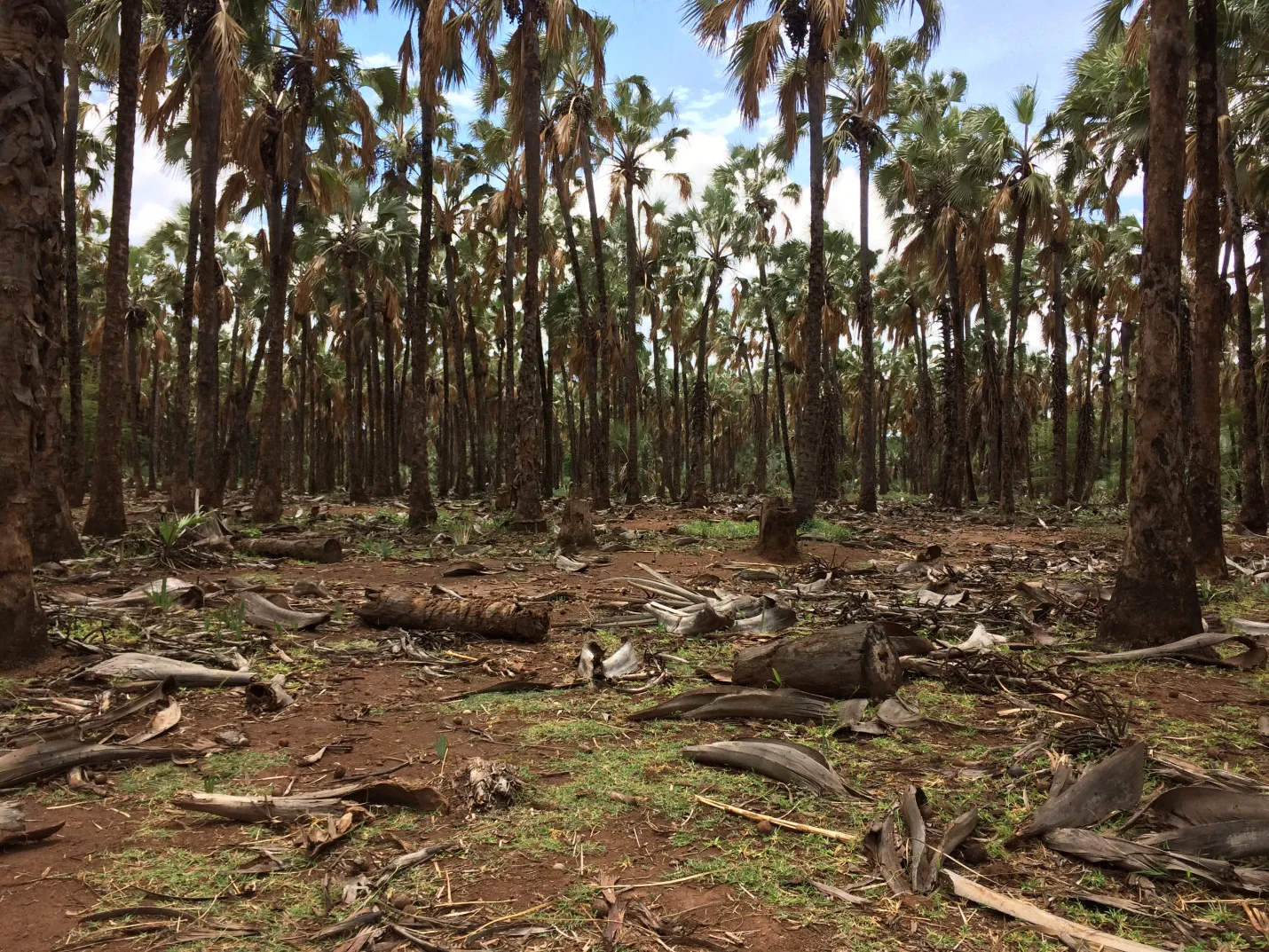
Clearing of a wild palm forest in Lake Eyasi valley
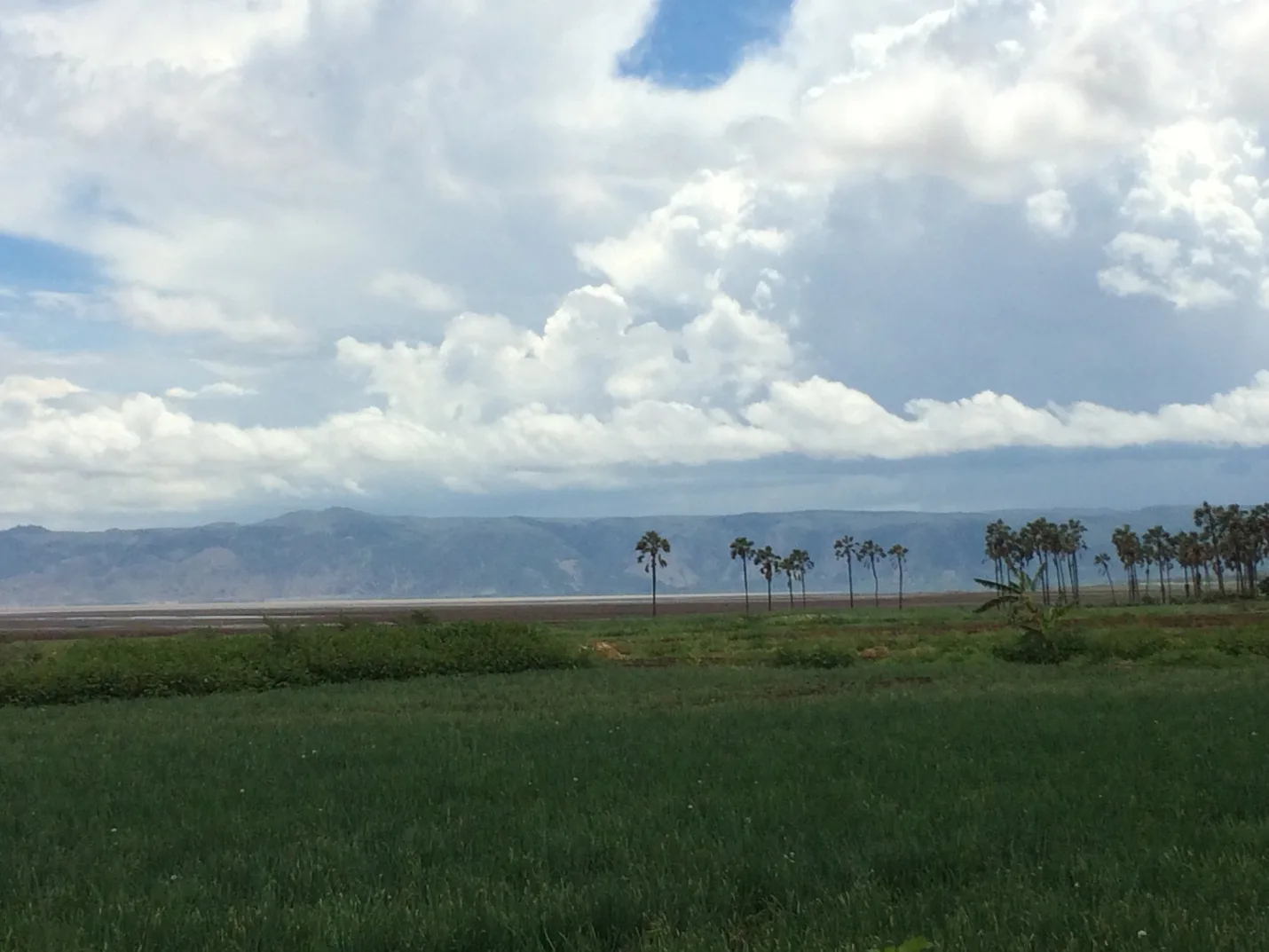
Onion farms on the shore of Lake Eyasi, established from cleared wild palm forests at Mikocheni village
Related Posts


Alumni Reflections: Stories of the Return to Kenya
